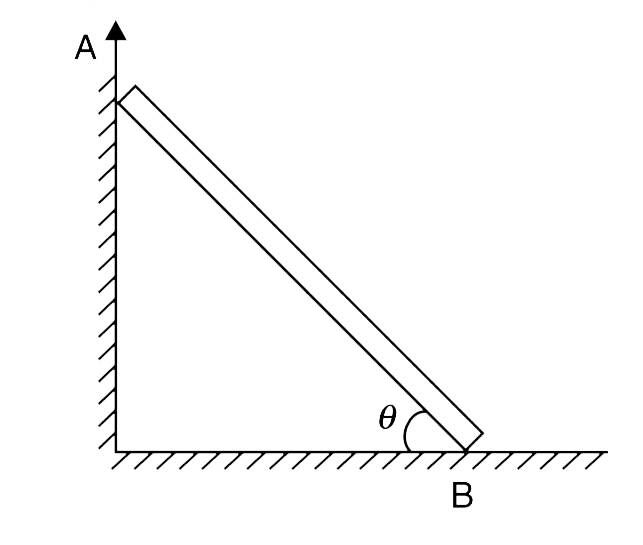A queen is placed at the centre of carom-board which has side of length a . It is hit from a position with a striker such that after rebounding from the front end, it goes into the hole in the opposite end. Find the distance traveled by the queen
To solve the problem of finding the distance traveled by the queen on a carom board, we can break it down into a series of steps:
1. Understanding the Setup:
- The carom board is a square with side length a.
- The queen is placed at the center of the board, which is at the coordinates (a2,a2).
- The queen is hit by a striker and rebounds off one edge of the board before going into the opposite hole.
2. Identifying the Trajectory:
- When the queen is hit, it travels in a straight line until it hits the edge of the board.
- After rebounding, it continues in a straight line towards the opposite hole.
3. Calculating the Distance Traveled:
- The trajectory of the queen can be visualized as forming a right triangle where:
- One vertex is the starting point of the queen (center of the board).
- The second vertex is the point where the queen hits the edge of the board.
- The third vertex is the hole on the opposite side.
- The distance traveled by the queen can be expressed as the sum of the distances from the center to the edge and from the edge to the hole.
4. Using Geometry:
- The distance from the center of the board to the edge (point of impact) is a2 vertically or horizontally.
- The distance from the edge to the hole is also a (the length of the side of the board).
- Therefore, the total distance traveled by the queen can be calculated as:
Total Distance=OA+AC
- Here, OA is the distance from the center to the edge, and AC is the distance from the edge to the hole.
5. Final Calculation:
- Since OA=a2 and AC=a:
Total Distance=a2+a=3a2
Conclusion:
The distance traveled by the queen is 3a2.
- The carom board is a square with side length a.
- The queen is placed at the center of the board, which is at the coordinates (a2,a2).
- The queen is hit by a striker and rebounds off one edge of the board before going into the opposite hole.
- When the queen is hit, it travels in a straight line until it hits the edge of the board.
- After rebounding, it continues in a straight line towards the opposite hole.
- The trajectory of the queen can be visualized as forming a right triangle where:
- One vertex is the starting point of the queen (center of the board).
- The second vertex is the point where the queen hits the edge of the board.
- The third vertex is the hole on the opposite side.
- The distance traveled by the queen can be expressed as the sum of the distances from the center to the edge and from the edge to the hole.
- The distance from the center of the board to the edge (point of impact) is a2 vertically or horizontally.
- The distance from the edge to the hole is also a (the length of the side of the board).
- Therefore, the total distance traveled by the queen can be calculated as:
Total Distance=OA+AC
- Here, OA is the distance from the center to the edge, and AC is the distance from the edge to the hole.
- Since OA=a2 and AC=a:
Total Distance=a2+a=3a2
The distance traveled by the queen is 3a2.
Similar Questions
Knowledge Check
- Question 1 - Select One
A rod of length l whose lower end is fixed on a horizontal plane, starts toppling from the vertical position. The velocity of the upper end when it hits the ground is.
A√g/lB√3glC3√g/lD√3g/(l)
An object is placed at a distance of 10 cm from a convex mirror of focal length 15 cm. Find the position and nature of the image.
View SolutionAn object is placed at a distance of 10 cm from a convex mirror of focal length 15 cm. Find the position and nature of the image.
View SolutionAn object is placed at a distance of 50cm from a concave lens of focal length 20cm. Find the nature and position of the image.
View SolutionAn object is placed at a distance of 10cm from a convex mirror of focal length 15cm. Find the position and nature of the image ?
View SolutionA stick of length L=2.0m is leaned against a wall as shown. It is released from a position when θ=60∘. The end A of the stick remains in contact with the wall and its other end B remains in contact with the floor as the stick slides down. Find the distance travelled by the centre of the stick by the time it hits the floor.
 View Solution
View SolutionFind the length of the tangent segment from a point which is at a distance of 5 cm from the centre of the circle of radius 3cm.
View SolutionAn object is placed at a distance of 30cm from a concave lens of focal length 15cm. Find the nature and position of the image.
View Solution

